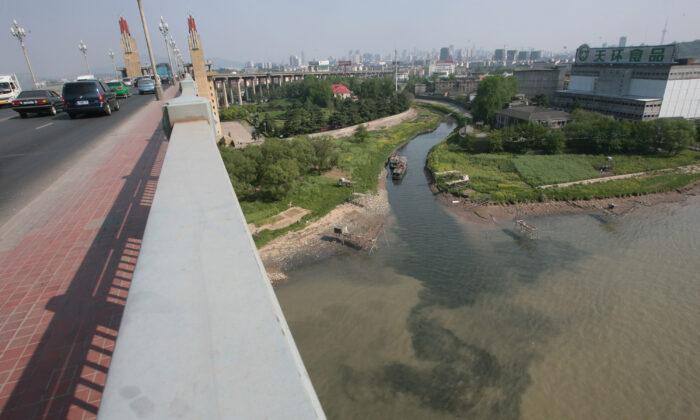China’s agricultural and fishery authorities in 2003 began imposing an annual three-month fishing ban in the Yangtze River to reverse the continuous decline of aquatic life.
Fishermen are being advised to consider a career change, such as becoming fish farmers, and undergo training.
The Yangtze River is the longest river in China and the third-longest in the world. It begins in the Plateau of Tibet and runs across China from the west to the east and empties into the East China Sea. The Yangtze is considered vital to China’s economy because it’s a rich source of aquatic life.
Overfishing
Data from China’s fishery supervision office revealed that populations of the four major domestic fish: black carp, grass carp, silver carp, and bighead carp, have shrunk dramatically, and the number of juvenile fish has decreased by more than 90 percent compared with that of the 1950s. While the highest number of eggs laid on record was 120 billion, the current number is less than 1 billion.The biodiversity and ecosystem rating of the Yangtze River is now at its worst level, with “no more fish to fish,” Chinese scientists concluded. They believe overfishing, river transportation, and pollution are the main causes of the decline in aquatic life.
Fishermen on the Yangtze see the stark difference most intensely.
Yuan Wenbin, 49, a fisherman in Kangshan Township, Jiangxi Province, started his fishing career when he was 12. He told Guangming Daily that in the early 1990s, with just one cast, he could catch 400 to 500 pounds of fish in his net. It was common to see adult yellowcheek carp weighing 70 pounds, and he could easily collect more than 20 puffer fishes in one catch.
“Nowadays, I only get small fish, each under 10 pounds, and I haven’t seen any puffer fish in over 10 years,” Yuan said.
Cao Wenxuan, a prominent Chinese scientist in fish taxonomy, provided a number of shocking photos to Guangming Daily. In the fishing harvests from Dongting Lake, a flood basin of the Yangtze River in Hunan Province, all fish caught were juveniles of silver carp, grass carp, and black carp. Many were less than 10 centimeters (4 inches) long. There wasn’t a single adult-sized fish in the catch.
“When I was doing onsite research at a fishing village in the 1960s, I saw black carp weighing over 45 kilograms (100 pounds) every day. But the weight of fishery harvests today is less than 50 grams (under 2 ounces). Fishermen can’t make much money from these small fish, and fishing methods that don’t spare the baby fish have caused devastating damage to the Yangtze River’s fishery resources.”
As early as 2006, Cao called for a 10-year comprehensive fishing ban. He was passionate when speaking about the delayed imposition of his proposal.
Endangered Species
In addition to the fish commonly found on dining tables in China, there are also precious species such as the Baiji dolphin, Yangtze finless porpoise, Chinese sturgeon, and Chinese swordfish that are often referred to as “aquatic pandas” in Chinese. As predators at the top of the aquatic food chain, the numbers of these species directly reflect the health of the Yangtze ecosystem.The Chinese swordfish hasn’t been spotted in 15 years.
Experts say these precious species are starving because of the sharp decline in the number of fish they feed on.
Data from the fishery industry shows that China produces more than 60 million tons of fishery products every year, yet wild-caught fish account for only 0.15 percent of the total.
Restoring the ecosystem in the Yangtze is of utmost importance to the aquaculture industry, according to Li Yanliang, president of China’s Aquatic Wildlife Protection.
“For farmed fish, after multi-generational breeding, it is inevitable that the fish will experience genetic degradation, that is, loss of genetic diversity. It is necessary to bring in high-quality wild fish stock to improve the domestic population. The Yangtze River is a natural resource for fish species and genetic diversity,” Li told Guangming Daily.





Friends Read Free